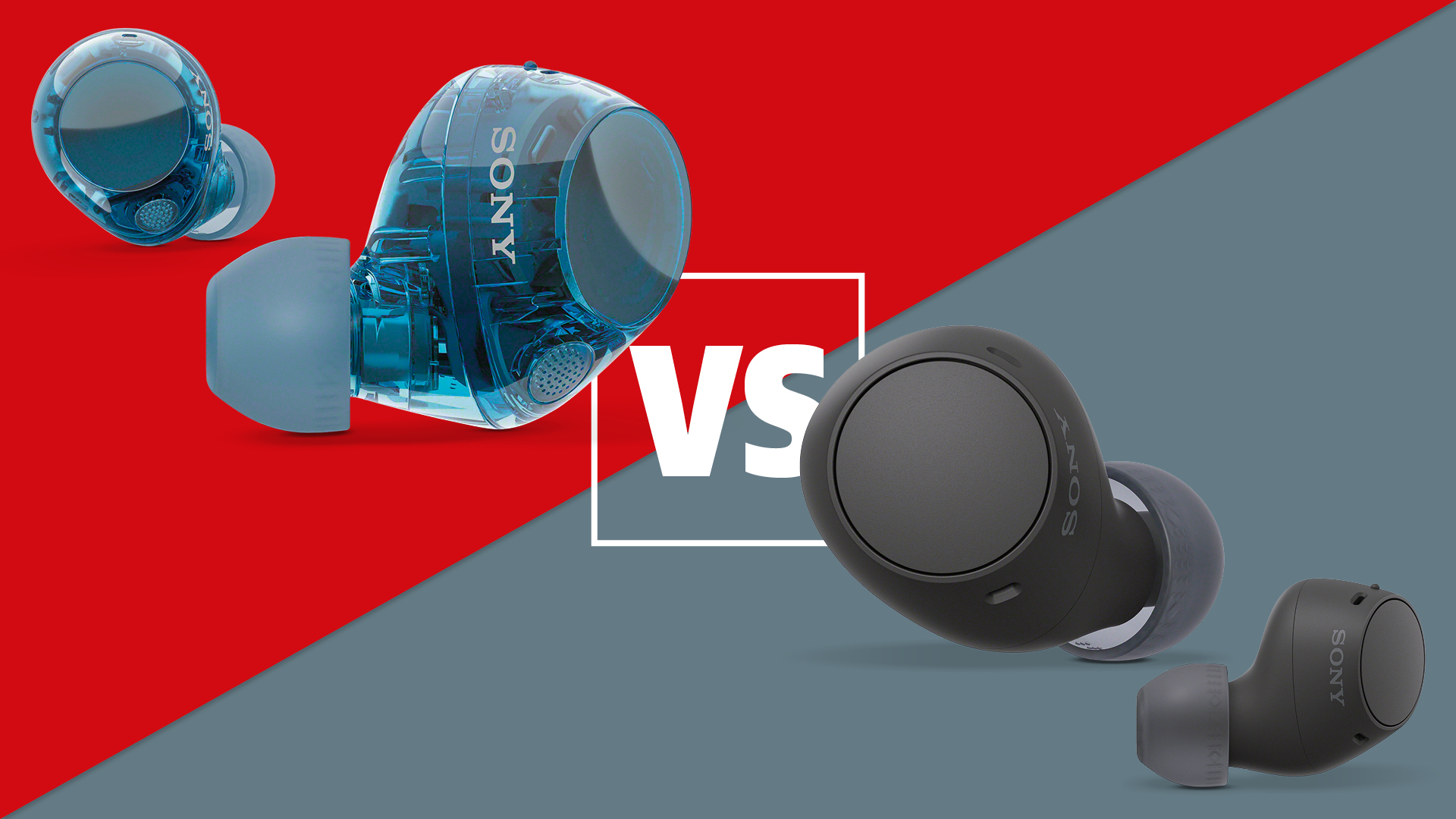What Hi-Fi? Verdict
An impressively powerful and engaging source for your headphones or hi-fi, but it's not the most subtle performer
Pros
- +
Muscular, balanced, detailed sound
- +
Rock-solid build
- +
aptX HD and vast file support
Cons
- -
Similarly priced sibling is subtler
- -
Sharp corners
Why you can trust What Hi-Fi?
When is a portable music player not a portable music player? When it’s the size of a block of cheese and weighs around half a kilo. Despite being listed under ‘portables’ on the company’s website, the Astell & Kern Kann Cube is unlikely to find its way into many pockets. But before you write it off completely, the Kann Cube isn’t designed to be portable, and the only deception here is that it isn’t actually a cube.
Like the Award-winning Kann, the Kann Cube is a music player with built-in storage, a DAC and a headphone amplifier. But the inclusion of some new features make it better suited for integration into a desktop or hi-fi system.
Features
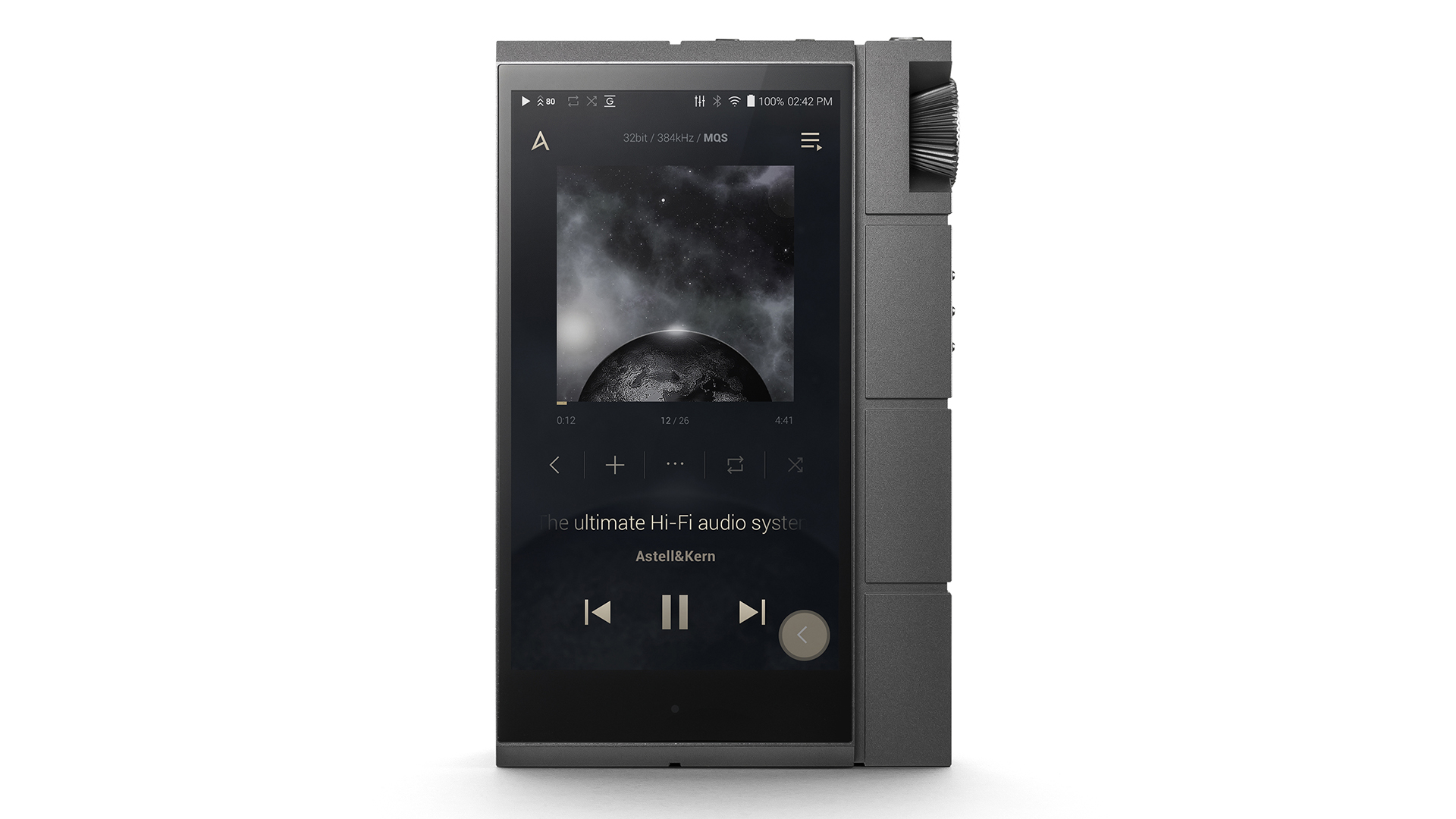
Aside from the heft, the clearest indication that the Kann Cube isn’t really intended to be a portable player is its five-pin mini XLR connection, designed primarily to connect the player to an amplifier’s traditional 3-pin XLR socket with a compatible cable (not included). It’s a first for an A&K player, and also the first time we’ve seen the connection on such a device.
The Kann Cube features 2.5mm balanced and 3.5mm unbalanced connections, which as well as being used to connect headphones, can also facilitate a hook-up to a system via a 3.5mm- or 2.5mm-to-RCA cable.
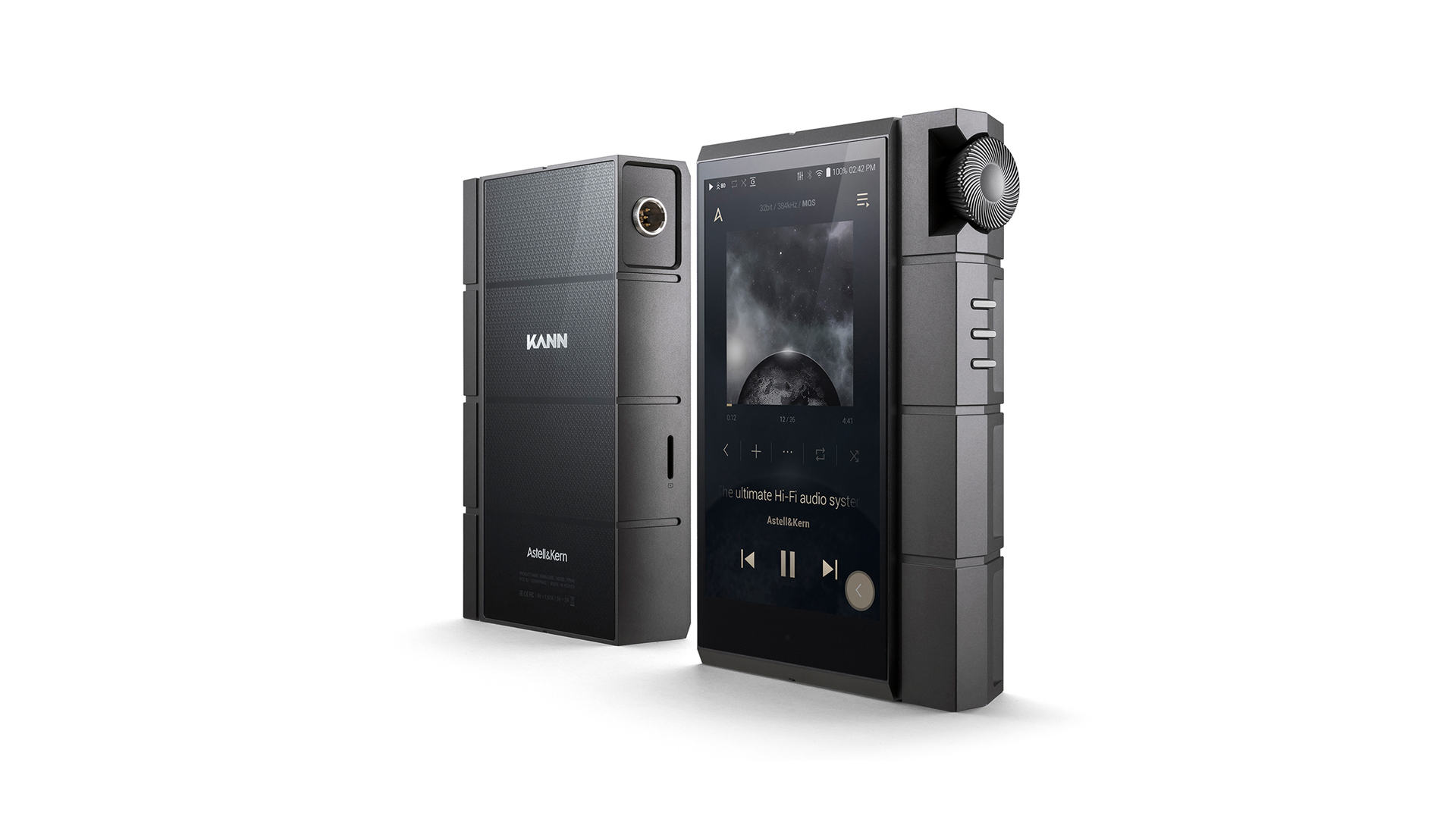
Hi-res support 32-bit/384kHz, DSD256
USB-C charging port Yes
Battery life 9 hours
Storage 128GB built-in storage
Tidal Masters Yes
MQA Yes
microSD Up to 1TB
Bluetooth version aptX HD
Dimensions (hwd) 14 x 8.8 x 3.2cm
Weight 493g
Thanks to its variable power output options, the Kann Cube isn’t biased towards certain headphones. You can select low, mid or high gain modes depending on the power of the headphones connected – the first is fine for our Beyerdynamic T1 and Grado GS1000e models. AptX HD Bluetooth support means wireless headphones are catered for, but the best quality transmission is promised when paired with compatible cans, such as the Sony WH-1000XM3s and B&W’s PX range.
The Kann Cube is the most powerful player in A&K’s collection. It has almost twice the output of the Kann, offering 6Vrms (unbalanced) and 12Vrms (balanced) peak power outputs, compared to its sibling’s 4Vrms and 7Vrms.
Its 7400mAh battery (up from the Kann's 6200mAh) offers nine hours of playback from a single charge via the USB-C socket. And rather than a single DAC chip, the Cube uses two 8-channel DACs (ESS Sabre ES9038PRO) in a dual-mono configuration – one for the left channel and one for the right.
That chip architecture is compatible with all your PCM (up to 32-bit/384kHz) and DSD (up to DSD256) files – including MQA tracks, whether they’re downloaded onto the device or streamed as hi-res Tidal Masters. Along with Tidal, Deezer and Spotify are preloaded on our player sample, under ‘Services’, but you can download other music apps such as Amazon Music, Apple Music, Qobuz and BBC iPlayer radio from the Open APP Service onto your computer and install them onto the player.
Your music storage requirements should be satisfied by the Kann Cube’s built-in 128GB memory. That’s enough to hold around 2,000 24-bit tracks, though it can be expanded by up to 1TB by slotting in a microSD card.
Build
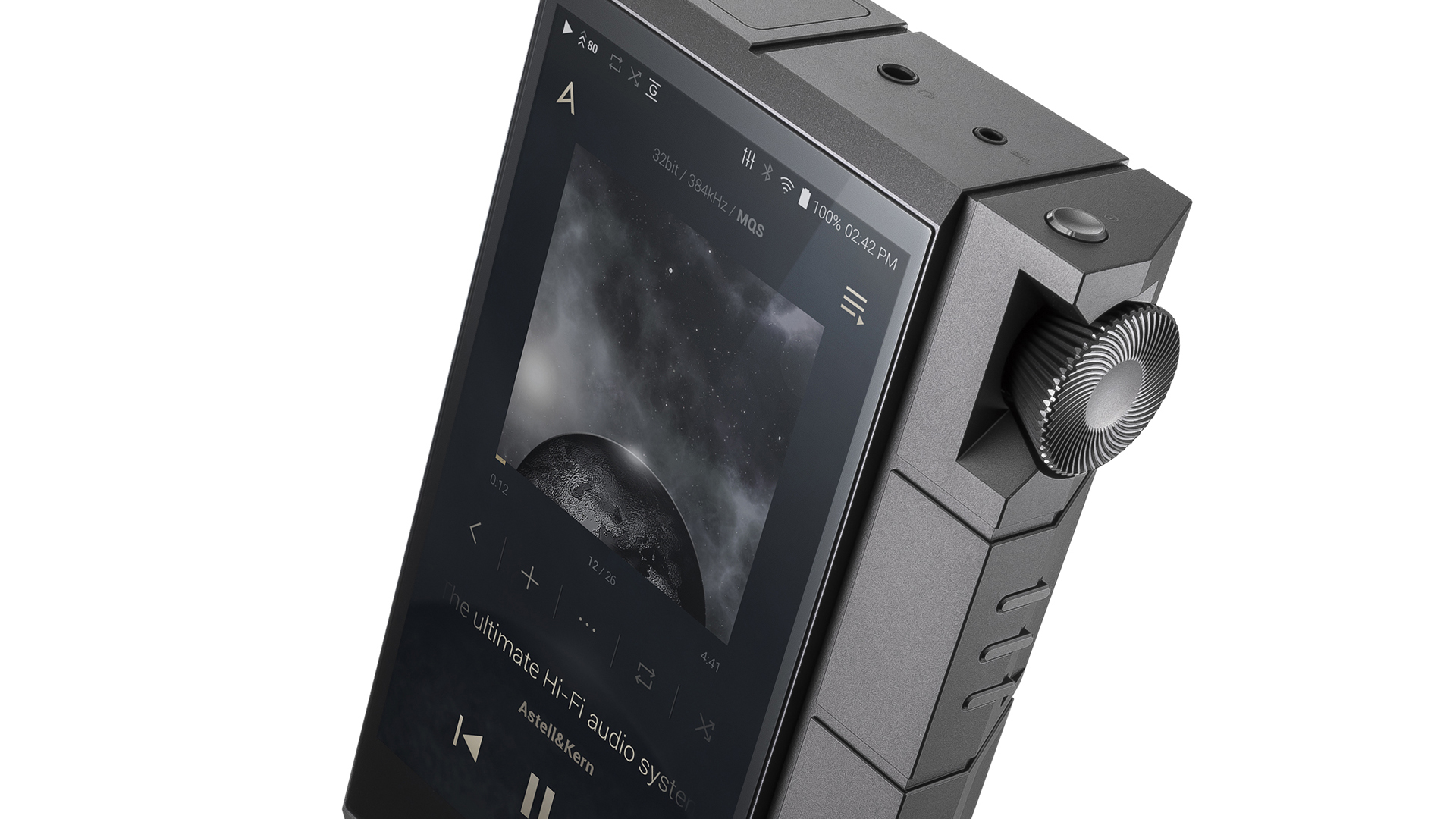
The microSD card slot sits discreetly on the left side panel beneath the XLR socket, while the right panel houses play/pause and skip buttons and a bigger version of the company’s trademark rotary volume dial. The latter graces the Kann Cube’s industrial, gun-metal design, as does the smooth, shimmer-effect back panel.
A&K appears to have taken its design inspiration from Robot Wars, as the Kann Cube looks almost indestructible. We haven’t tested it with a flamethrower, but can vouch for the Kann Cube’s solid, brick-like body. We are plagued once more by Astell & Kern’s commitment to sharp edges and pointed corners, but otherwise this is another aesthetically interesting player.
Sound
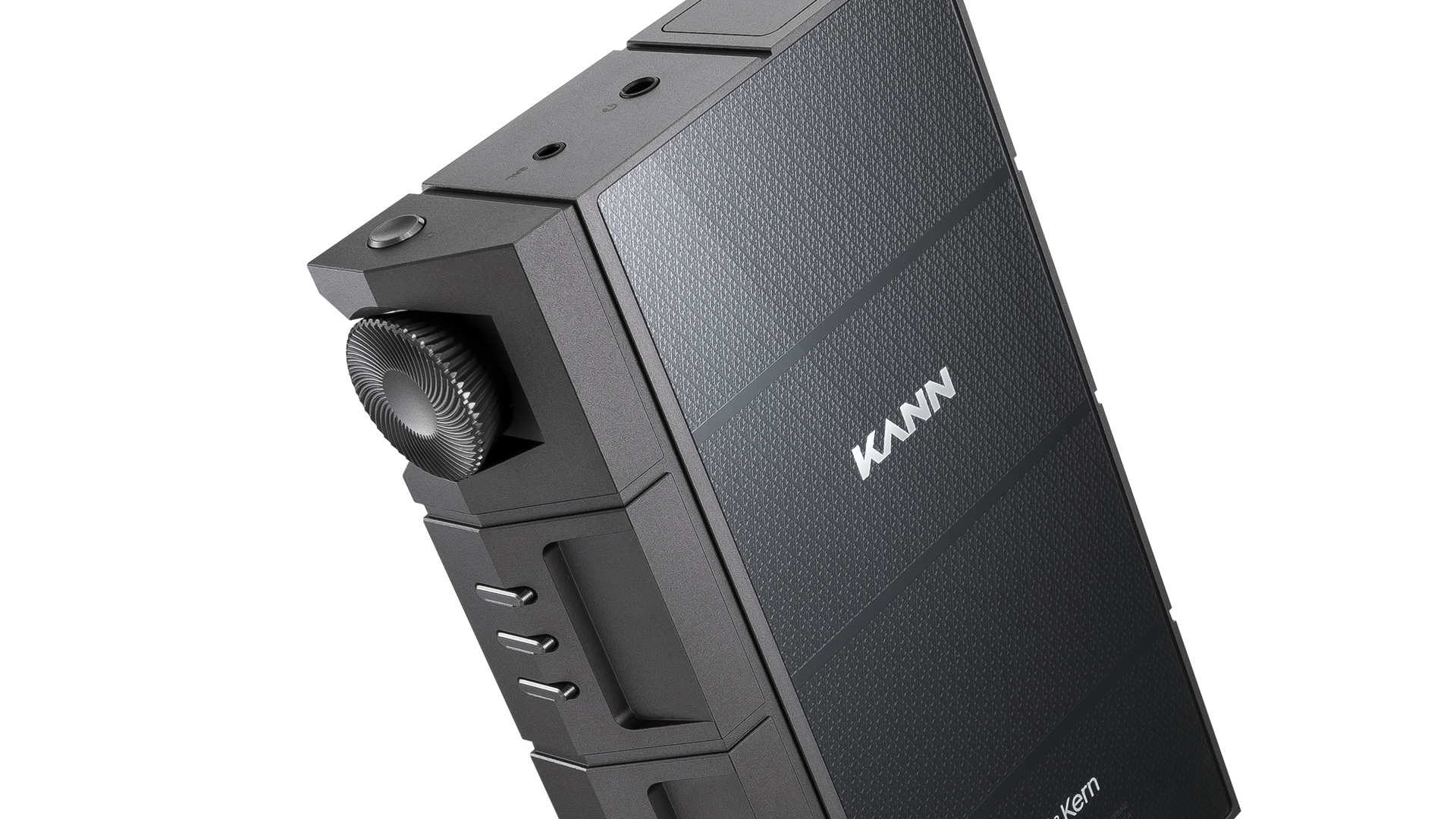
Based on the successes of its siblings, we were expecting an engaging listen, and the Kann Cube doesn’t disappoint.
Through the Beyerdynamics, there’s a clean rendition of Lorde’s White Teeth Teens. The hollow drum reaches deep down low as the cymbals reach up high, and that wide frequency span is centered by an equally attentive midrange that laps up her wholesome, almost spoken vocal. There’s certainly plenty of power behind the delivery as it effortlessly muscles its way through the percussion.
The Kann Cube forms a superb partnership with the open-back Grado headphones to deliver the live recording of Fink’s Trouble’s What You’re In, with both working together to capture the spaciousness and atmospheric production in London’s historic Union Chapel venue.
We can’t imagine anyone being unhappy with the Kann Cube, unless perhaps they have already heard the brand’s similarly priced A&ultima SP1000M. The Cube’s more portable sibling is a subtle performer, trading a little brawn for more delicacy. It unpeels extra layers of Lorde’s vocal, while delivering it with greater clarity. The electronica around it takes on another dimension as more texture is eked out and instruments are given more breathing space.
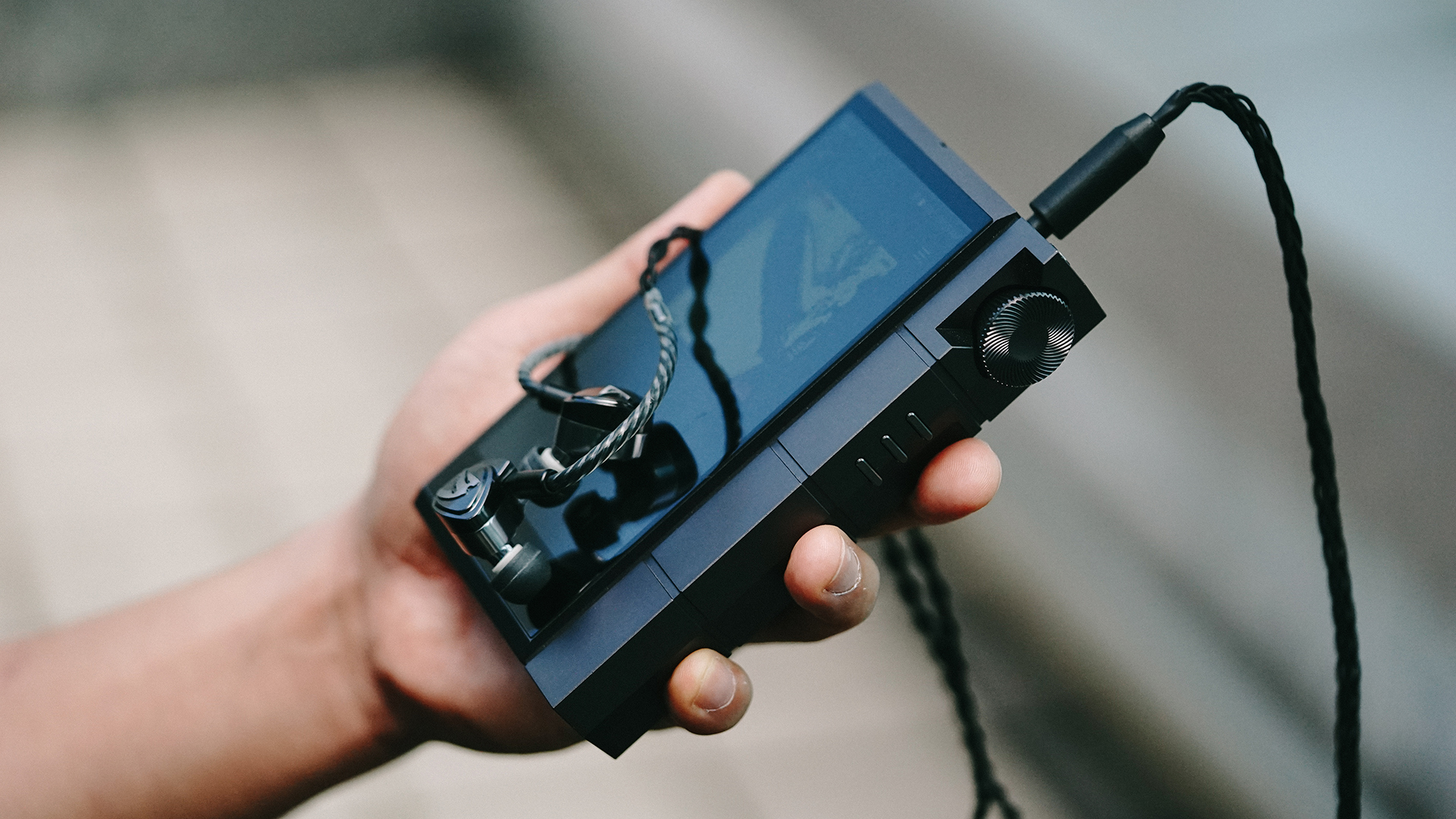
The Kann Cube has a trick up its sleeve, though. We use the 5-pin mini XLR cable (£160) supplied by Astell & Kern to connect the Kann Cube to an XLR input on our reference Burmester 088 preamp, and the performance is immediately cleaner, tighter and more precise than it is when the two are connected with a 3.5mm-to-RCA cable. An investment in a good quality example of this unusual cable seems almost obligatory, but A&K’s isn’t the only option available, nor the most affordable.
However, the SP1000M, now connected to our preamp over its 3.5mm jack, still produces a more compelling delivery, that bit more arresting than the Kann Cube with its greater finesse and aptitude for conveying intricacies.
Verdict
Considering the small difference in price between the two Astell & Kern players, we’d walk away with the slightly pricier SP1000M. The Kann Cube is a fine and versatile digital music player for both headphone and hi-fi use, it just suffers from family competition – which, let’s be honest, isn’t the worst problem that A&K could face.
SCORES
- Sound 4
- Features 5
- Build 4
MORE:
Read our Astell & Kern A&ultima SP1000M review
Read our Astell & Kern Kann review
What Hi-Fi?, founded in 1976, is the world's leading independent guide to buying and owning hi-fi and home entertainment products. Our comprehensive tests help you buy the very best for your money, with our advice sections giving you step-by-step information on how to get even more from your music and movies. Everything is tested by our dedicated team of in-house reviewers in our custom-built test rooms in London, Reading and Bath. Our coveted five-star rating and Awards are recognised all over the world as the ultimate seal of approval, so you can buy with absolute confidence.
-
Orb I much appreciated reading your review of the KANN Cube of February 10th. I noted with interest your comment that the sound quality was significantly improved when you connected the balanced XLR output to your sound system instead of using the 3.5MM unbalanced output.Reply
Did you enable the Line Out mode (in the KANN Cube settings) when using the 3.5MM connection for this comparison? The reason I’m asking is that if this was the case, then it would seem that the balanced XLR connection specifically was responsible for the improvement, not just the bypassing of the internal headphone amplifier that the Line Output mode would appear to do. This is really significant, in my view.
Thank you again for your opinion!
( Moderator Edit: Please don't post personal information. ) -
Rat Salad Great review your honesty is appreciated and makes your site great pre-purchase research. To be honest though, I cant find any reputable distributor online where the SP1000M is similarly priced to the CUBE. I see 1499 vs 2199 that is a large difference in price.Reply

